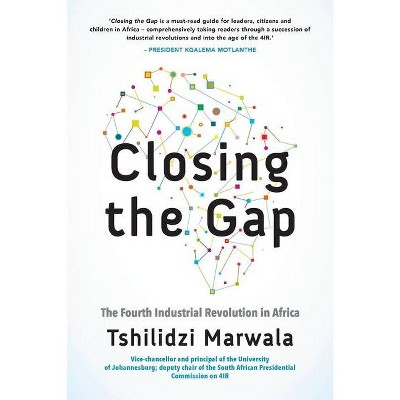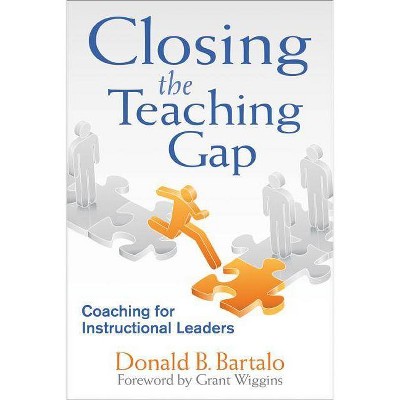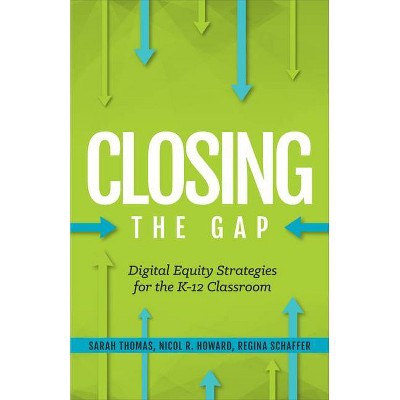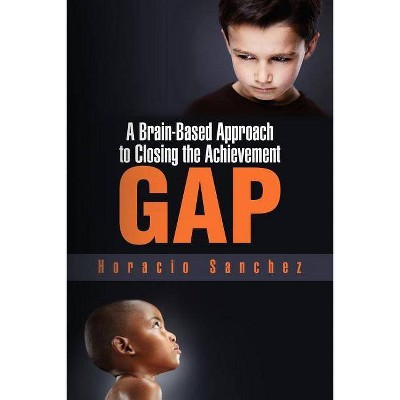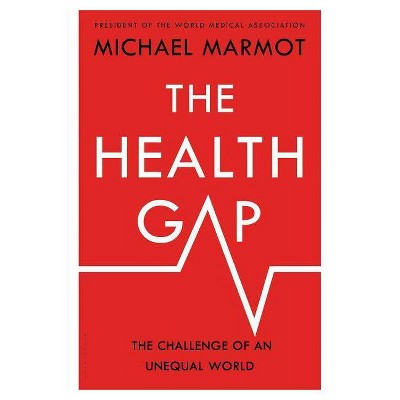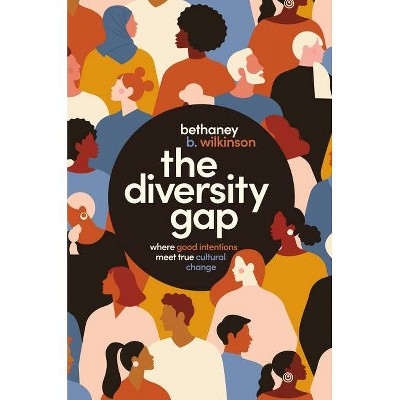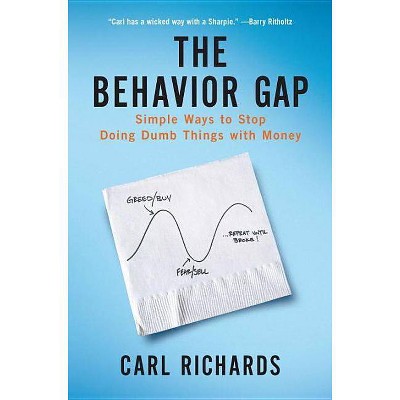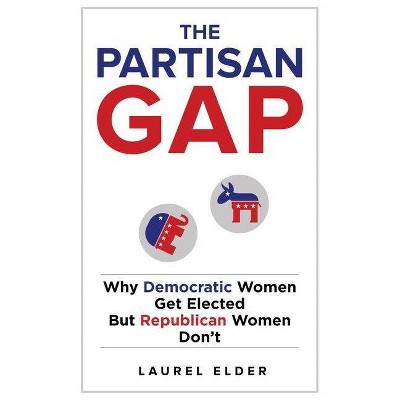Closing the Rights Gap - by Ladawn Haglund & Robin Stryker (Hardcover)
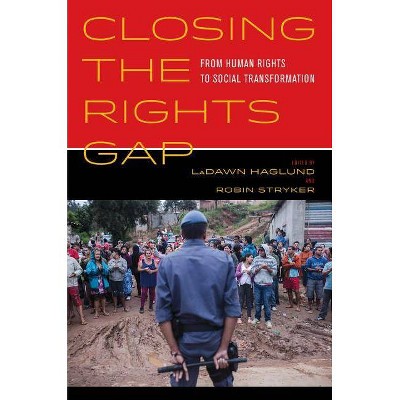
Similar Products
Products of same category from the store
AllProduct info
<p/><br></br><p><b> Book Synopsis </b></p></br></br>Do "human rights"-as embodied in constitutions, national laws, and international agreements-foster improvements in the lives of the poor or otherwise marginalized populations? When, where, how, and under what conditions? <i>Closing the Rights Gap: From Human Rights to Social Transformation </i>systematically compares a range of case studies from around the world in order to clarify the conditions under which-and institutions through which-economic, social, and cultural rights are progressively realized in practice. It concludes with testable hypotheses regarding how significant transformative change might occur, as well as an agenda for future research to facilitate rights realization worldwide.<p/><br></br><p><b> From the Back Cover </b></p></br></br>In recent years, global movements fighting ills--from hunger to inequality to pollution--have taken up the language of human rights. Haglund and Stryker assemble a dynamic interdisciplinary team to build rubrics for assessing movement effects and a rich theoretical toolkit for understanding how human rights claims are translated into positive policy changes. This book will set the standard for global studies of human rights for years to come.--Frank Dobbin, Professor of Sociology, Harvard University <p/> Few volumes can claim to accomplish so much. This book not only theorizes what is likely to be general about rights realization in civil/political domains and across economic, social, and cultural domains, but also highlights what is likely to be specific within these domains. This volume marks a major advance in the social science of human rights.--John Hagan, John D. MacArthur Professor, Northwestern University <p/> Haglund and Stryker have assembled a powerful set of chapters that analyze diverse aspects of the challenges of and possibilities for transforming the aspirational promises of human rights principles into meaningful social change for immiserated and marginalized people around the globe. The diversity of contributors' perspectives underscores the point that human rights scholarship has moved beyond the legal domain and is deeply enriched by multidisciplinary engagement and initiatives.--Alicia Ely Yamin, Lecturer on Global Health, Policy Director, FXB Center for Health and Human Rights, Harvard University <p/> This volume helps us understand in very concrete ways how rights are adopted in practice. By focusing on a range of mechanisms and a variety of actors, it offers a compelling analysis of the pathways through which the progressive realization of social and economic rights can take place.--Ariel Fiszbein, Policy Director, Inter-American Dialogue <p/> Goes beyond critique to identify the key contextual factors, actors, and strategic pathways that account for how and when human rights advocacy does or does not contribute to transformative economic and social justice. This ambitious volume is a very welcome and important contribution.--Michael McCann, Gordon Hirabayashi Professor for Advancement of Citizenship, University of Washington<p/><br></br><p><b> About the Author </b></p></br></br><b>LaDawn Haglund</b> is Associate Professor of Justice and Social Inquiry at Arizona State University and author of <i>Limiting Resources: Market-Led Reform and the Transformation of Public Goods</i>. <p/><b>Robin Stryker </b>is Professor of Sociology, Affiliated Professor of Law, Affiliated Professor of Government and Public Policy, and Research Director, National Institute for Civil Discourse, at the University of Arizona. She publishes regularly in journals including <i>American Journal of Sociology, American Sociological Review, Law & Social Inquiry, Sociological Methods and Research, Socio-Economic Review, Research in the Sociology of Organizations, </i>and <i>Social Politics.</i>
Price History
Price Archive shows prices from various stores, lets you see history and find the cheapest. There is no actual sale on the website. For all support, inquiry and suggestion messagescommunication@pricearchive.us
